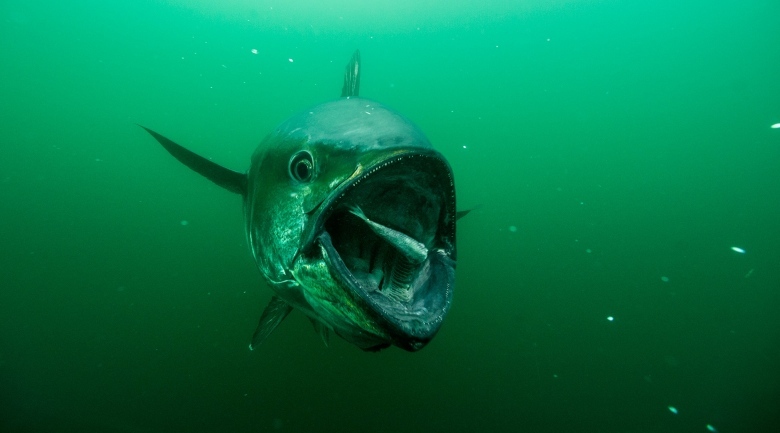
A catalyst is three times better than the previous record-holder at splitting water into hydrogen and oxygen: the research outlines a potential way to make future water-splitting catalysts from three abundant metals, iron, cobalt and tungsten, rather than the costly metals that many catalysts rely on.
"The good things about this catalyst are that it’s easy to make, its production can be very easily scaled up without any super-advanced tools, it’s consistent, and it’s very robust," said Aleksandra Vojvodic, a SLAC staff scientist with the SUNCAT Center for Interface Science and Catalysis who led the theoretical side of the work.
Scientists have been searching for an efficient way to store electricity generated by solar and wind power so it can be used any time, not just when the sun shines and breezes blow. One way to do that is to use the electrical current to split water molecules into hydrogen and oxygen, and store the hydrogen to use later as fuel.
In tests, the new catalyst was able to generate oxygen gas three times faster, per unit weight, than the previous record-holder, Sargent said, and it also proved to be stable through hundreds of reaction cycles.
"It’s a big advance, although there’s still more room to improve," he said. ""And we will need to make catalysts and electrolysis systems even more efficient, cost effective and high intensity in their operation in order to drive down the cost of producing renewable hydrogen fuels to an even more competitive level."
Sargent said the researchers hope to use the same method to develop other three-metal catalysts for splitting water and also for splitting carbon dioxide, a greenhouse gas released by burning fossil fuels, to make renewable fuels and chemical feed stocks. He and five other members of the University of Toronto team have filed for a provisional patent on the technique for preparing the catalyst.
"There are a lot of things we further need to understand," Vojvodic said. "Are there other abundant metals we can test as mixtures in oxides? What are the optimal mixtures of the components? How stable is the catalyst, and how can we scale up its production? It needs to be tested at the device level, really."
Jeffrey C. Grossman, a professor of materials science and engineering at MIT who was not involved in the study, said, "The work impressively highlights the power of tightly coupled computational materials science with advanced experimental techniques, and sets a high bar for such a combined approach. It opens new avenues to speed progress in efficient materials for energy conversion and storage."
